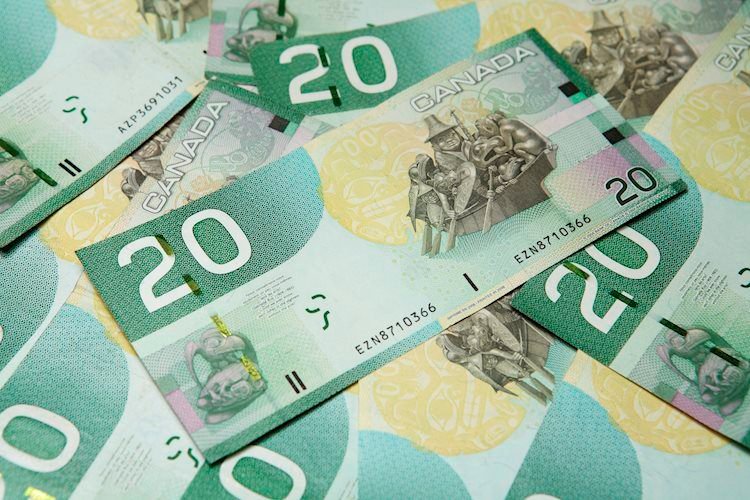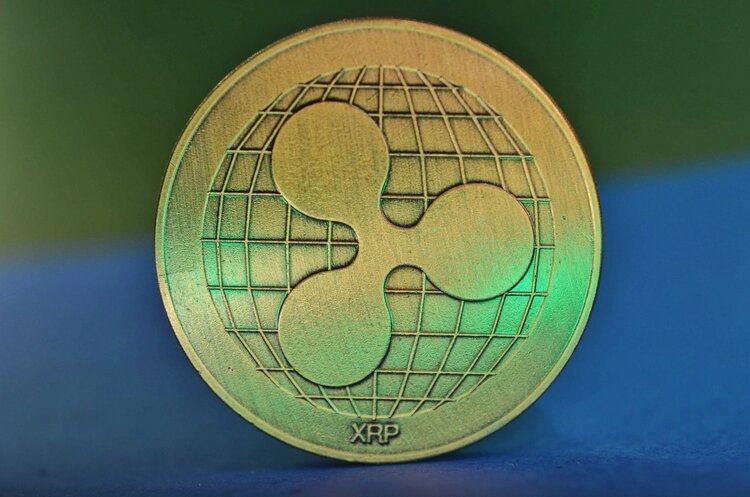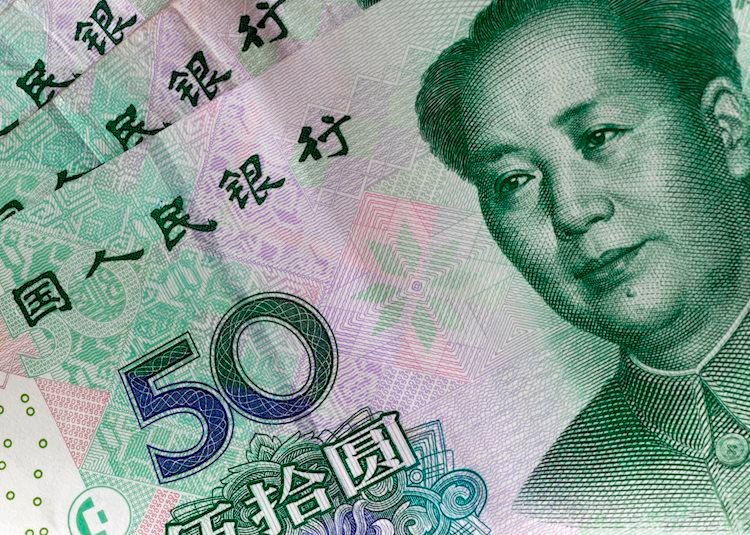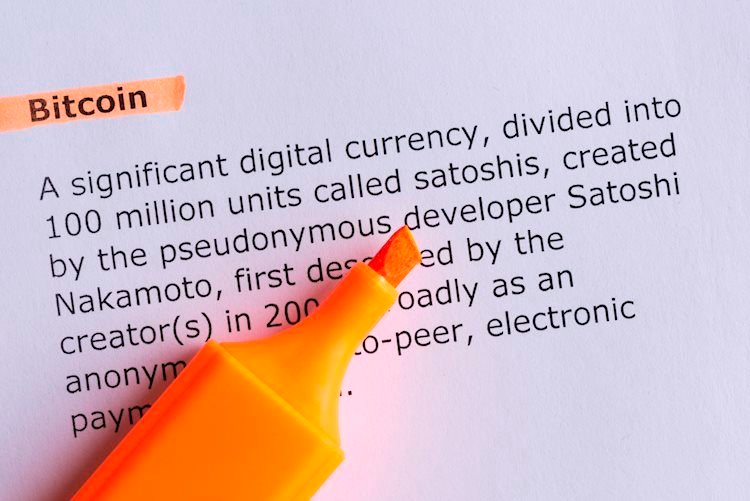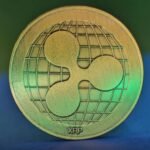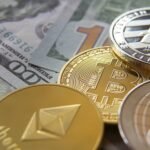- EUR/USD recovers sharply from below 1.0700 after upbeat Eurozone Q1 GDP, stubborn inflation data.
- Strong Eurozone data has raised concerns over ECB rate cuts from June.
- The US Dollar recovers amid caution ahead of the Fed’s policy decision.
EUR/USD bounces back strongly from below 1.0700 in Tuesday’s European session as the Eurozone preliminary inflation data for April and Gross Domestic Product (GDP) data for the first quarter have beat the consensus. Annually, the Harmonized Index of Consumer Prices (HICP) rose steadily and met estimates while core HCPI, that excludes food and energy prices, softened on a slower pace.
The Eurozone economy expanded at a stronger rate of 0.3% in the first quarter even though the European Central Bank (ECB) is maintaining its Main Refinancing Operations Rate at historic highs of 4.5%.
A sharp recovery in the Euro after the release of the key economic indicators suggests that investors’ confidence about the ECB pivoting to interest rate cuts from June would be significantly impacted. The speculation for the ECB reducing interest rates from June would be impacted in such a time when policymakers were divided over extending the rate-cut campaign to following meetings this year.
Daily digest market movers: EUR/USD bounces back after upbeat Eurozone data
- EUR/USD rebounds sharply from the crucial support of 1.0700 after the Eurostat reported that inflation remained hotter than expected in April and Q1 GDP outperformed estimates. Eurozone’s headline inflation rose in line with the consensus and the prior reading of 2.4%. The annual core inflation, which strips off volatile food and energy prices, grew at a higher pace of 2.7% from the estimates of 2.6% but decelerated from the prior reading of 2.9%.
- Monthly headline and core inflation rose by 0.6% and 0.7%, respectively. The Eurozone economy expanded at a strong rate of 0.3% in Q1, beating expectations of 0.1% and a stagnant performance in the last quarter of 2023. Annually, the Q1 GDP growth rate was double the expectations of 0.2%.
- Stronger-than-expected preliminary inflation for April, combined with robust Q1 GDP growth, is not expected to significantly impact expectations of rate cuts by the European Central Bank, which financial markets are expected to start in June.
- On the other side of the Atlantic, The US Dollar rebounds sharply as the market sentiment remains risk-off ahead of the Federal Reserve’s monetary policy decision, which will be announced on Wednesday. The US Dollar Index (DXY) recovers from 105.50 but remains inside two-week’s trading range of 105.40-106.50. The Fed is expected to keep interest rates unchanged in the range of 5.25%-5.50% for the sixth time in a row as price pressures in the United States remain stubbornly higher due to strong wage growth.
- The Fed will likely endorse keeping interest rates on hold at their current level for longer until it gets greater confidence that inflation will sustainably return to the desired rate of 2% target. Investors would look for whether the Fed will remain committed to its three rate-cut projections for this year provided in March’s dot plot.
- Apart from Wednesday’s Fed policy decision, investors will also focus on the US ADP Employment Change and the ISM Manufacturing Purchasing Managers Index (PMI) report for April.
Technical Analysis: EUR/USD remains well-supported above 1.0700

EUR/USD bounces back strongly from above the round-level support of 1.0700. The major currency pair attempts to break above the 20-day Exponential Moving Average (EMA), which trades around 1.0725.
The panoramic view of the EUR/USD pair indicates a sharp volatility contraction due to a Symmetrical Triangle formation on a daily timeframe. The upward-sloping border of the triangle pattern is plotted from October 3 low at 1.0448 and the downward-sloping border is placed from December 28 high around 1.1140.
The 14-period Relative Strength Index (RSI) shifts into the 40.00-60.00 range, suggesting indecisiveness among market participants.
Inflation FAQs
Inflation measures the rise in the price of a representative basket of goods and services. Headline inflation is usually expressed as a percentage change on a month-on-month (MoM) and year-on-year (YoY) basis. Core inflation excludes more volatile elements such as food and fuel which can fluctuate because of geopolitical and seasonal factors. Core inflation is the figure economists focus on and is the level targeted by central banks, which are mandated to keep inflation at a manageable level, usually around 2%.
The Consumer Price Index (CPI) measures the change in prices of a basket of goods and services over a period of time. It is usually expressed as a percentage change on a month-on-month (MoM) and year-on-year (YoY) basis. Core CPI is the figure targeted by central banks as it excludes volatile food and fuel inputs. When Core CPI rises above 2% it usually results in higher interest rates and vice versa when it falls below 2%. Since higher interest rates are positive for a currency, higher inflation usually results in a stronger currency. The opposite is true when inflation falls.
Although it may seem counter-intuitive, high inflation in a country pushes up the value of its currency and vice versa for lower inflation. This is because the central bank will normally raise interest rates to combat the higher inflation, which attract more global capital inflows from investors looking for a lucrative place to park their money.
Formerly, Gold was the asset investors turned to in times of high inflation because it preserved its value, and whilst investors will often still buy Gold for its safe-haven properties in times of extreme market turmoil, this is not the case most of the time. This is because when inflation is high, central banks will put up interest rates to combat it. Higher interest rates are negative for Gold because they increase the opportunity-cost of holding Gold vis-a-vis an interest-bearing asset or placing the money in a cash deposit account. On the flipside, lower inflation tends to be positive for Gold as it brings interest rates down, making the bright metal a more viable investment alternative.










